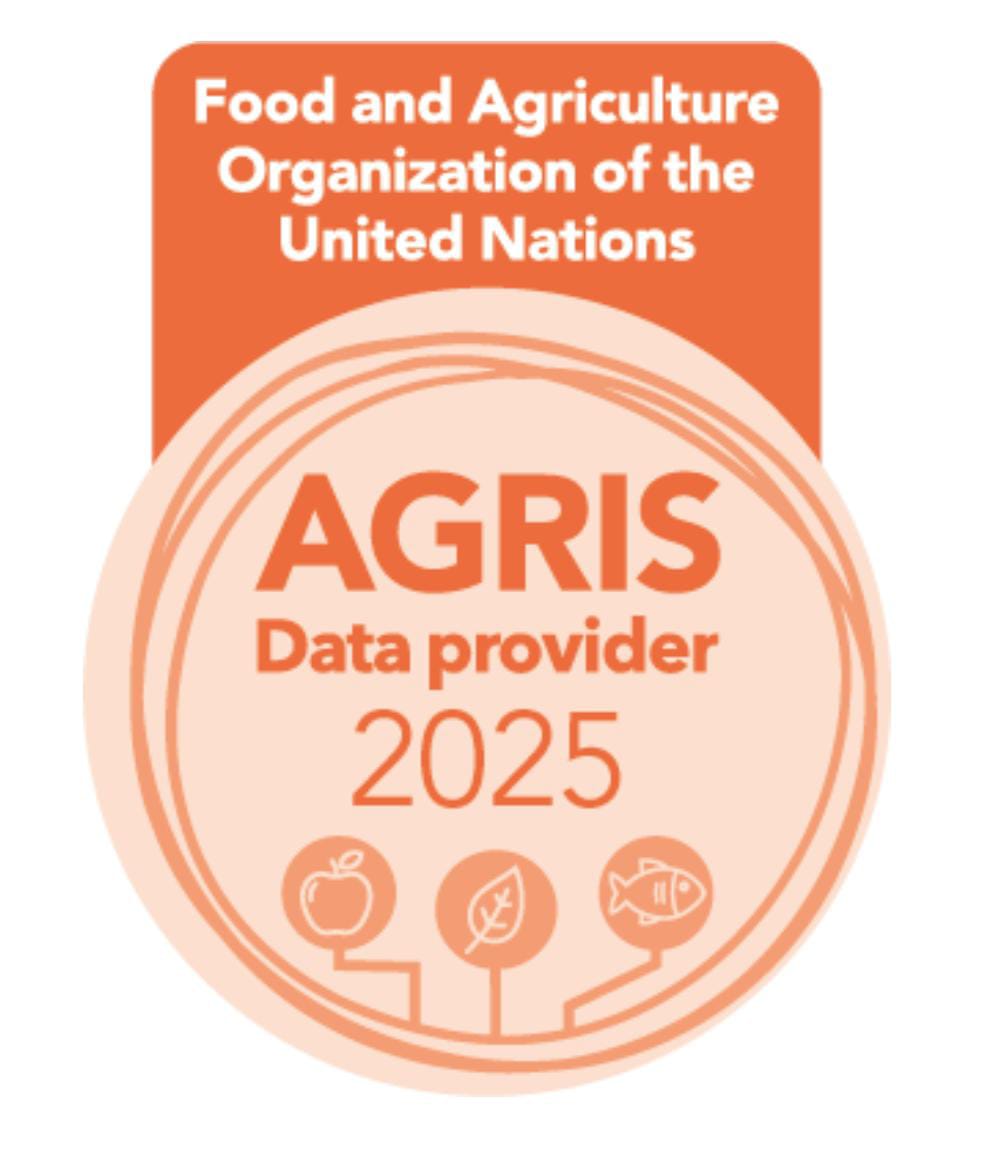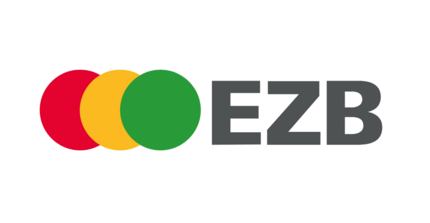Production of quinoa leaves (Chenopodium quinoa Willd) with the application of effective microorganisms in Puno
DOI:
https://doi.org/10.5281/zenodo.11166764Keywords:
effective microorganisms, quinoa leaf, food safety, leaf developmentAbstract
Quinoa (Chenopodium quinoa Willd.), native to the Andes, has gained worldwide recognition as a food crop with the potential to improve food security in challenging regions. Its pseudocereal status and nutritive leaves, consumed as healthy vegetables in Latin America, make it a versatile and nutritious choice in today’s diet. In this study, key goals were set, including determining the number of leaves per plant, the height of the plants and the size of the leaves. The main purpose was to find the ideal doses of microorganism extract (EM) to maximize the production of quinoa leaves. The results showed a positive impact on the foliar development of the crop. With regard to the number of leaves per plant, treatment T3 (EM at 10%) showed an average increase of 20% compared to treatment T1 (Testigo). In terms of plant height, treatment T3 showed an average growth of 15% higher than treatment T1. As for leaf size, there was a significant increase in leaf area with treatment T3 compared to treatment T1. The ideal doses of EM were successfully determined to maximize the production of quinoa leaves, finding that a 10% dose provided the best results in the foliar development of the crop.
Downloads
References
Alvarez, C. (2019). Rendimiento y crecimiento de cuatro variedades de quinua (Chenopodium quinoa Willd.) bajo tres densidades de siembra en riego por goteo. Tesis, 141.
Campos-Rodriguez, J., Acosta-Coral, K., Paucar-Menacho, L. M., Campos-Rodriguez, J., Acosta-Coral, K., & Paucar-Menacho, L. M. (2022). Quinua (Chenopodium quinoa): Composición nutricional y Componentes bioactivos del grano y la hoja, e impacto del tratamiento térmico y de la germinación. Scientia Agropecuaria, 13(3), 209–220. https://doi.org/10.17268/SCI.AGROPECU.2022.019
FAO, O. de las N. U. para la A. y la A. (2013). ORIGIN AND HISTORY. https://www.fao.org/quinoa-2013/what-is-quinoa/origin-and-history/en/
Michael, E., & Abanto, C. (2023). Efectos de microorganismos eficientes en el enraizamiento y desarrollo vegetativo de cladodios de pitahaya ( Hylocereus undatus ) Effects of efficient microorganisms on rooting and vegetative development of pitahaya cladodes ( Hylocereus undatus ). 1, 1–13.
Morocho, M. T., & Leiva-Mora, M. (2019). Microorganismos ecientes, propiedades funcionales y aplicaciones agrícolas Efficient microorganisms, functional properties and agricultural applications. 46(2), 93–103. http://cagricola.uclv.edu.cu
PALAO, L. A. (2014). PRODUCCIÓN AGROECOLÓGICA DE ECOTIPOS DE QUINUA
NATIVA DE COLORES (Chenopodium quinoa Willd.) CON MICROORGANISMOS EFICACES EN EL ALTIPLANO DE PUNO.
Pathan, S., & Siddiqui, R. A. (2022). Nutritional Composition and Bioactive Components in Quinoa (Chenopodium quinoa Willd.) Greens: A Review. Nutrients, 14(3), 1–12. https://doi.org/10.3390/nu14030558
Ttacca, B. L., Coari, P. P. M., & Iturregui, L. A. P. (2021). Effective microorganisms and Trichoderma sp. in the biocontrol of mildew (Peronospora variabilis) in cultivation of quinoa crop. Acta Agronomica, 70(4), 380–385. https://doi.org/10.15446/ACAG.V70N4.95351
Vazquez-Luna, A., Cortés, V. P., Carmona, F. F., & Díaz-Sobac, R. (2019). Quinoa leaf as a nutritional alternative. Ciencia e Investigacion Agraria, 46(2), 137–143. https://doi.org/10.7764/rcia.v46i2.2098
Weather Atlas. (2023). Clima y previsión meteorológica mensual Lampa, Perú. https://www.weather-atlas.com/es/peru/lampa-clima#google_vignette
Yadav, R., Gore, P. G., Gupta, V., Saurabh, & Siddique, K. H. M. (2023). Quinoa (Chenopodium quinoa Willd.)—a smart crop for food and nutritional security. Neglected and Underutilized Crops: Future Smart Food, 23–43. https://doi.org/10.1016/B978-0-323-90537-4.00007-7
Published
How to Cite
Issue
Section
License
Copyright (c) 2023 Latin American Journal of Agricultural Sciences - RLCA

This work is licensed under a Creative Commons Attribution-NonCommercial-NoDerivatives 4.0 International License.
The Latin American Journal of Agricultural Sciences (ISSN online: 2961-2764) applies the Creative Commons Attribution (CC BY) license to the articles and other works we publish. Therefore, each manuscript submitted for publication by the journal will be processed under the CC BY license. This means that the manuscript author retains copyright to their published documents while agreeing that their article may be reused in whole or in part by anyone for any purpose, free of charge, including for commercial purposes. The use of this license is consistent with the open access policy of the journal, since this is the most open license considered "the gold standard" of open access.






















